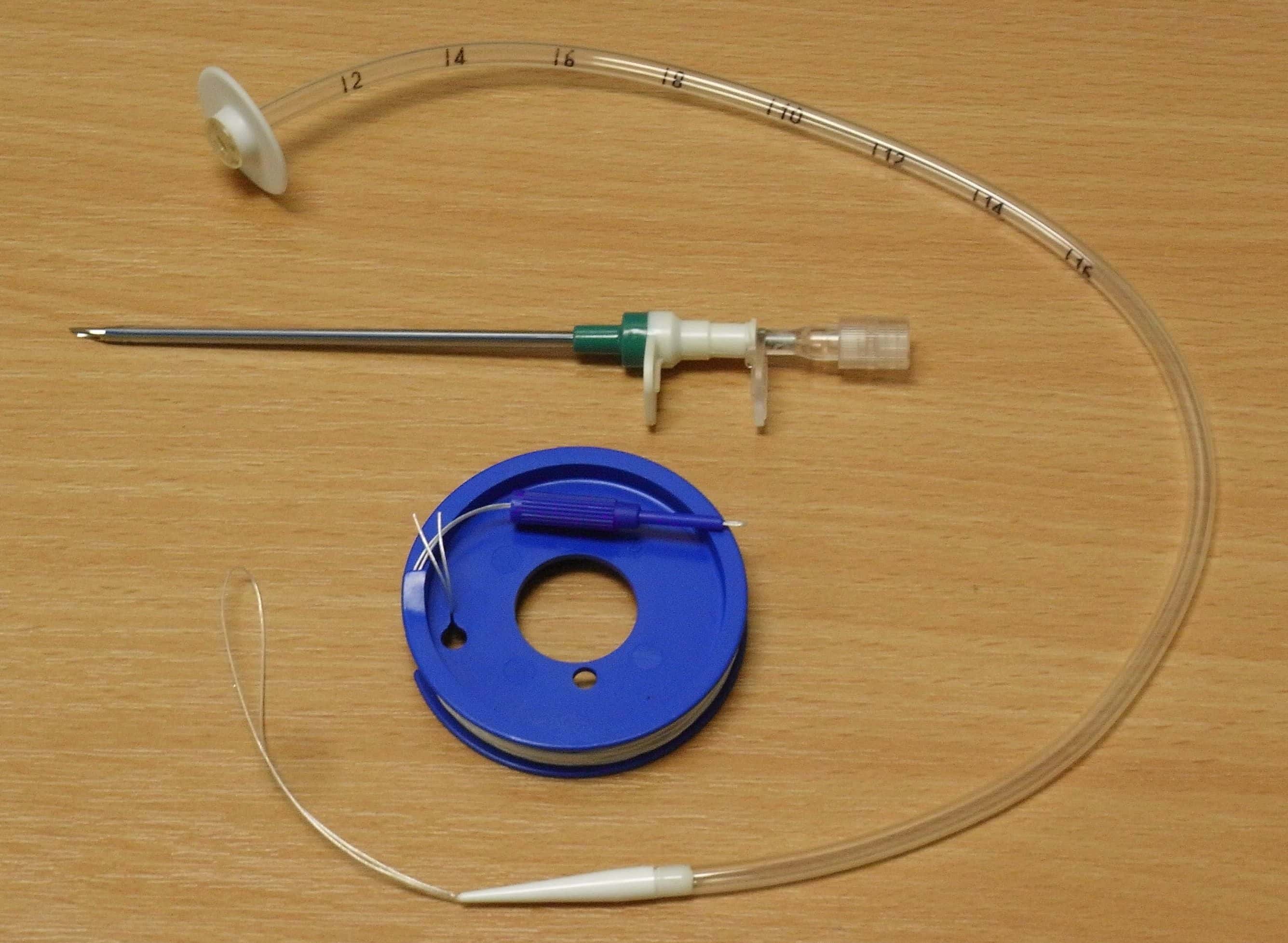Patient Dies after General Surgeon Perforates Colon with PEG Tube
Updated on
Case Overview
This case takes place in Maine and involves complications following a percutaneous endoscopic gastronomy. The patient, an 80-year-old female, was admitted for elective cardiac catheterization. She had previously suffered from an ascending aortic aneurysm. The patient was noted to need CABG, AVR and MVR. On the day of surgery, the patient was taken to the operating room for an aortic valve replacement with a 25mm manganese bioprosthetic aortic valve and a complex mitral valve repair with a 30mm Carbomedics AnnuloFlex ring. After the procedure, the patient was transferred to the cardiovascular intensive care unit in stable but critical condition. The patient was extubated on post-op day 1. However, the patient became acidotic and was subsequently reintubated. The patient remained critical throughout the rest of her stay with multiple postoperative complications. The patient required 20-hours of Levophed and was placed on a renal dose of dopamine for 3 days. All pressors were discontinued on post-op day 5. It was noted on post-op day 7 that the patient had ischemic of her right index finger, left 3 lateral fingers and bilateral pads of the toes. Vascular surgery was consulted and subsequently Dopplers were ordered and there was no acute thrombus or embolic clot noted in any great vessels. The patient was placed on a heparin drip. The patient had consultations to nephrology, infectious disease, endocrinology, nutritional, dietary and the intensivist. All cultures that were drawn remained negative. The patient was taken for a tracheostomy and PEG tube placement on post-op day 9, performed by the defending surgeon. The patient was noted to have stool coming from around the PEG tube site. On post-op day 12 while performing an x-ray, the patient was turned and became hypoxic leading to a respiratory arrest and PEA. Subsequently, the patient was coded, however, despite all efforts after about 25-minutes the patient expired. It was discovered the PEG tube perforated her transverse colon. The plaintiff alleges that although she had a lot of comorbidities, the tracheostomy was the event that caused death.
Questions to the General Surgery expert and their responses
Do you routinely treat patients and perform procedures similar to the one described in the case?
I routinely perform PEG's.
Have you ever had a patient develop the outcome described in the case?
I have never had a patient develop the outcome described in this case.
Do you believe this patient may have had a better outcome if the care rendered had been different?
This patient most likely would have had a better outcome if it were not for this complication with the PEG tube.
About the expert
This expert is a board certified general surgeon who earned his BS and MD from UC Davis. He completed internship training at UCSF, residency training at UCSF, and fellowship training in minimally invasive and bariatric surgery at Johns Hopkins Medical Institution. This expert is a member of numerous prestigious societies in the surgical field, most notably as a fellow in the American College of Surgeons. He is currently an assistant professor of surgery and the director of the comprehensive hernia center at one of the world's top university medical centers.

E-001161
Specialties:
About the author
Michael Morgenstern
Michael is Senior Vice President of Marketing at The Expert Institute. Michael oversees every aspect of The Expert Institute’s marketing strategy including SEO, PPC, marketing automation, email marketing, content development, analytics, and branding.
Subscribe to our newsletter
Join our newsletter to stay up to date on legal news, insights and product updates from Expert Institute.
Sign up nowFind an expert witness near you
What State is your case in?
Subscribe to our newsletter
Join our newsletter to stay up to date on legal news, insights and product updates from Expert Institute.



